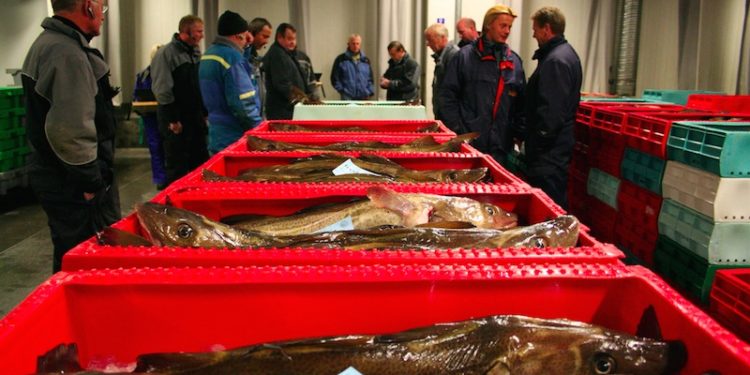The negotiations are over and the figures are coming through. Depending on who you speak to, this year’s December Council has been a triumph of common sense, or a disaster, or somewhere between the two.
Anyone who fishes for sole or bass in the eastern Channel isn’t going to have a great deal to be happy about next year as sole quotas are tight and bass is off-limits with the 1% by-catch limit remaining in place pending an ICES review – and recreational fishing for bass also faces restrictions.
Elsewhere quotas have been increased, including North Sea cod, whiting, saithe, monkfish, hake and langoustine.
‘Sustainability has been the driver of today’s agreement: the sustainability of our fish stocks, but also that of our fisheries sector. We have successfully reconciled different opinions to the benefit of all parties involved, and established the basis for the achievement of maximum sustainable yield,’ said Gabriela MatecN0;ná, the Slovakian Minister for Agriculture and Rural Development and president of the Council.
Not everyone agrees, and according to environmental group Oceana, the 2017 figures are disastrous.
‘The Agriculture and Fisheries Council agreed tonight to allow continued overfishing in North-East Atlantic. Once again, ministers approved catch limits for 2017 that surpass scientific recommendations, ignoring the facts that 64% of European stocks are overfished and 85% are below healthy levels.Half of Atlantic stocks are already overfished and overfishing will now continue into 2017,’ said Lasse Gustavsson of Oceana in Europe.
Pew (which provides much of Oceana’s backing) seems more relaxed about the results of the Agriculture and Fisheries Council, commenting that; ‘initial reports indicate that ministers heeded scientific advice for several stocks, while deciding to allow continued overfishing of several others.’
The Agriculture and Fisheries Council announced that this is the third agreement on quotas adopted with unanimity under the Slovak presidency and is based on the objective of achieving maximum sustainable yields (MSYs) by 2017 where possible, and by 2020 at the latest, while taking into account specific and fully justified socio-economic circumstances.
According to EU Commissioner Karmenu Vella, the results are encouraging and show that ‘sustainability really does get fishermen the best deal.’
‘Following years of disciplined fisheries policy, scientists this year advised increasing catch limits for several stocks in the Atlantic and North Sea. For northern hake we have been increasing the TACs for a few years now. Sole in the Bay of Biscay is stable, and we have increased the TAC for sole in the North Sea,’ he said.
‘On Maximum Sustainable Yield our policy is one of measured consistency. That is why we must still take the hard decisions where there is real concern. The Commission has put forward bold proposals for a number of stocks. Even though the final Council compromise does not reach the same level of ambition, it still makes considerable progress towards more sustainable management of our fisheries,’ he said.
‘In 2009, only five stocks had TACs set at MSY. Today’s agreement will bring 44 stocks to MSY compared to 36 last year.’









